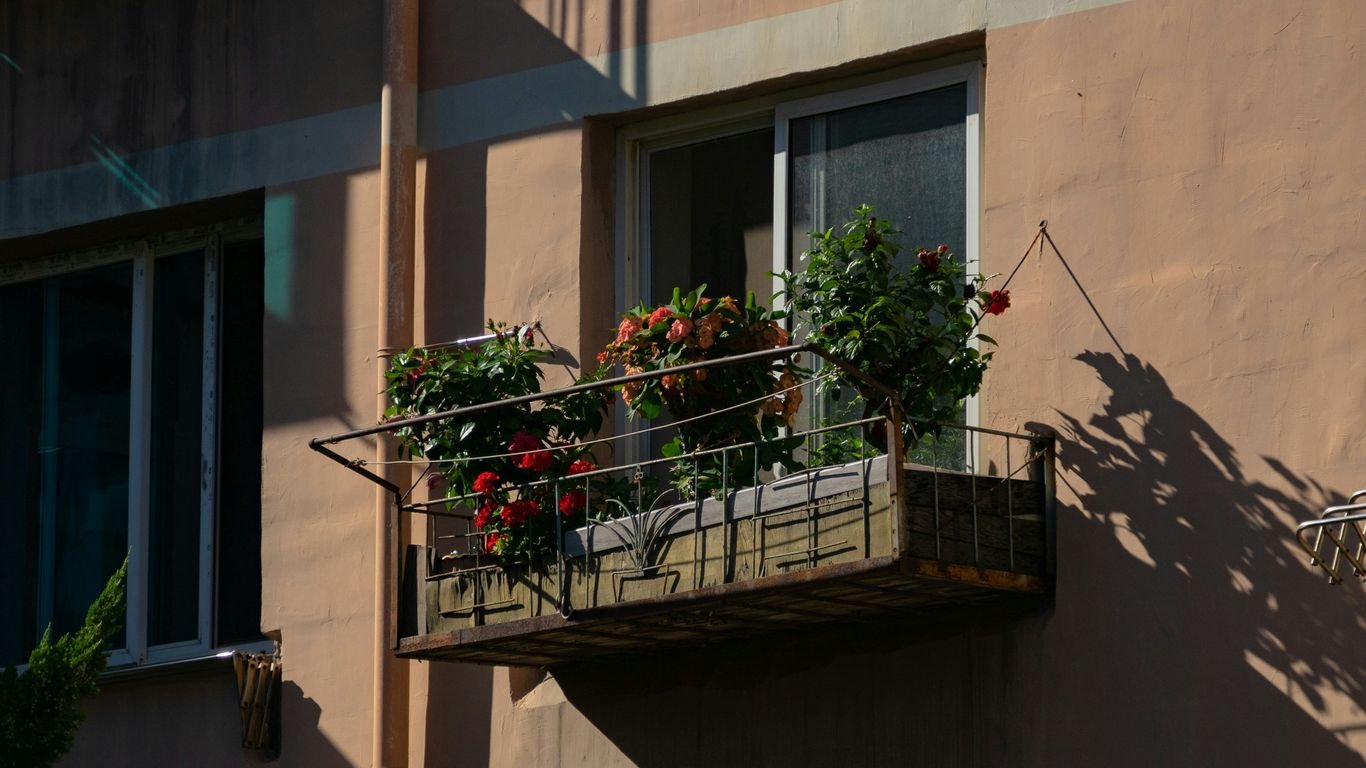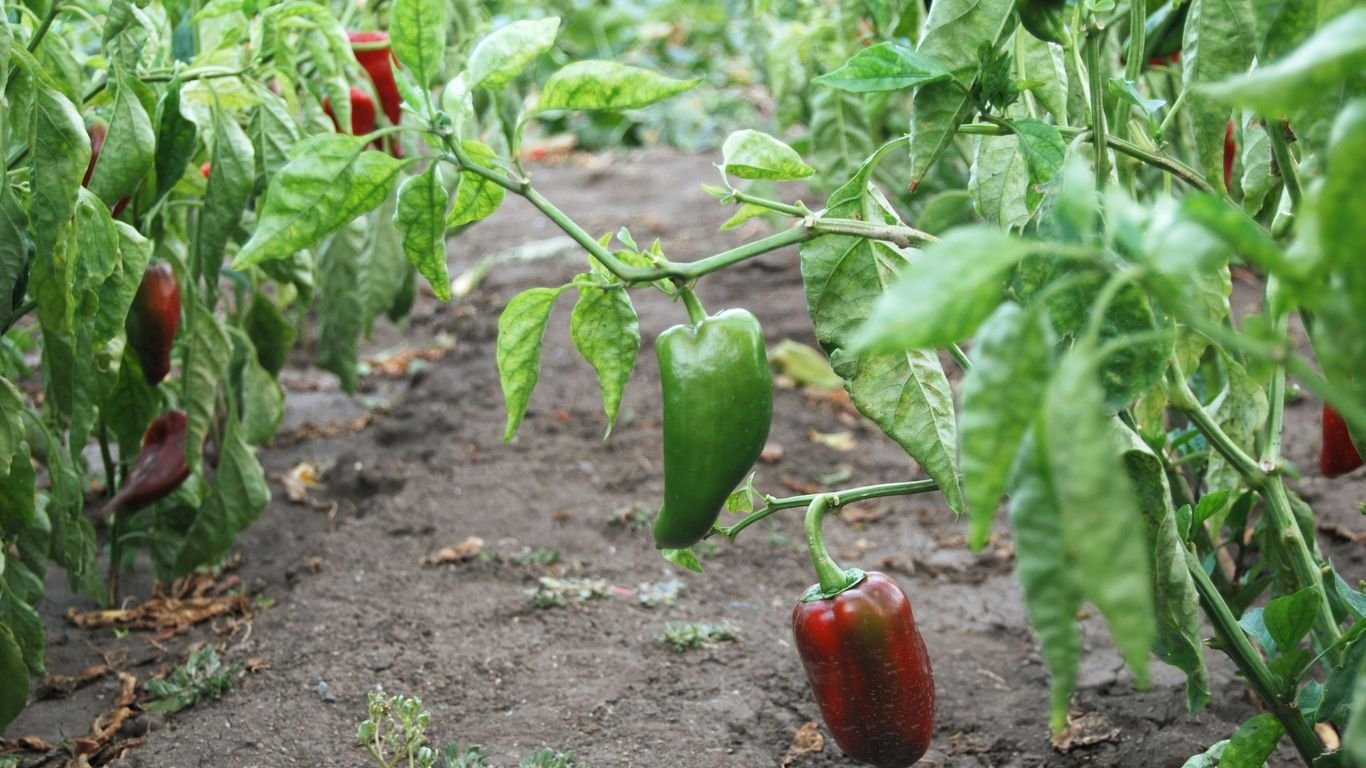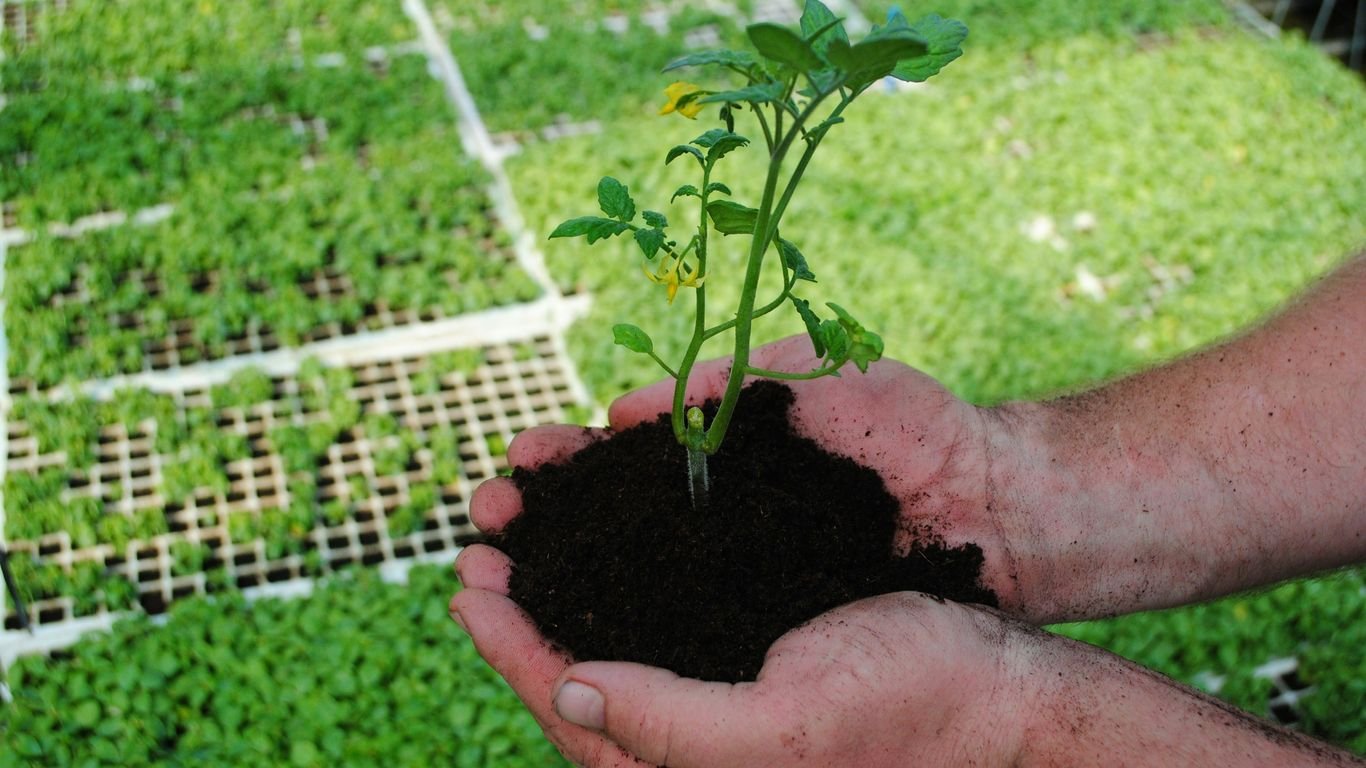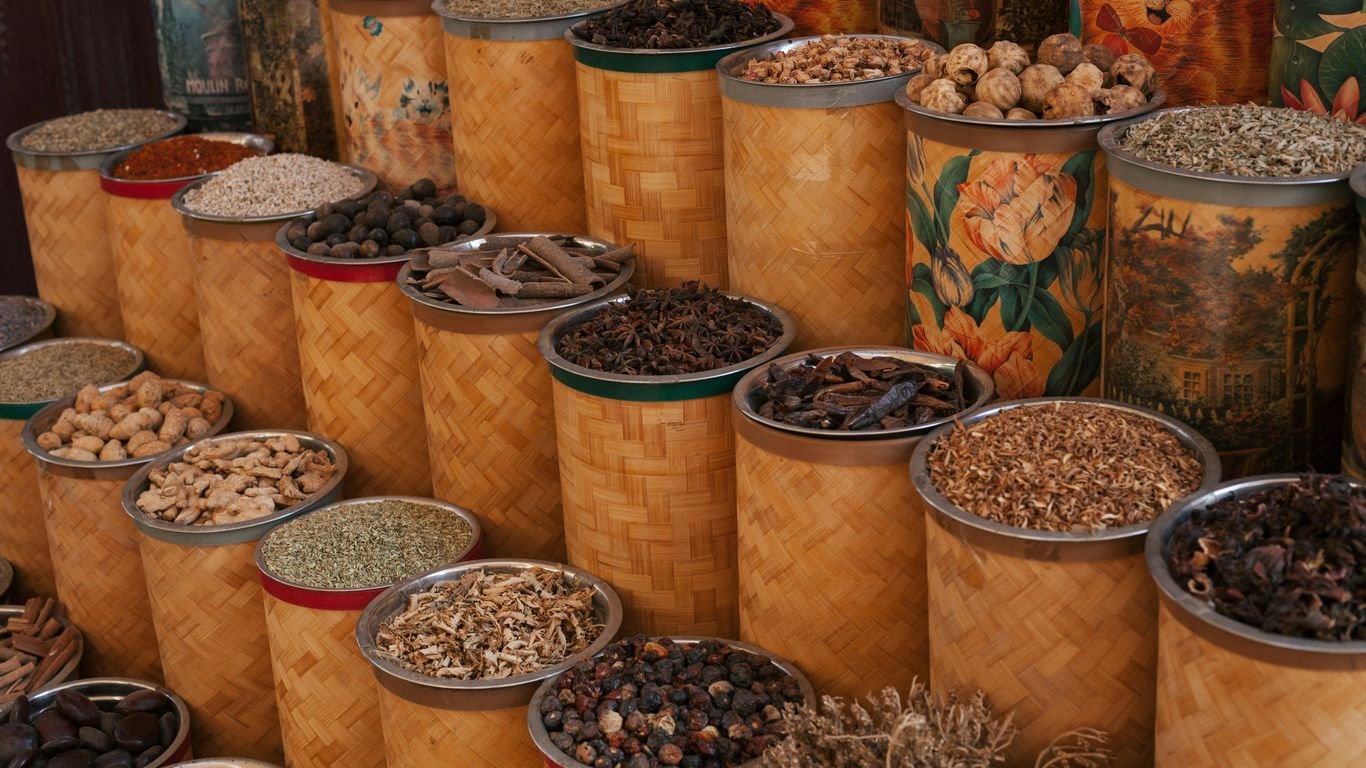10 Clever Vertical Gardening Ideas for Tiny Yards

We’ve all been there – staring at a tiny yard and wondering if we can even grow a single tomato plant. But honestly, it’s more possible than you might think! We’ve found some really neat ways to make the most of even the smallest outdoor spaces. We’re talking about clever vertical gardening ideas that let us grow more without taking up much room. It’s all about working with what we have, and we’re excited to share some of our favorite finds with you.
Key Takeaways
- Maximizing small yards is achievable with creative solutions like vertical gardening.
- Container gardening offers flexibility and charm for growing vegetables and herbs.
- Raised beds provide accessible and organized growing areas.
- Repurposing materials like pallets and old furniture adds unique character to gardens.
- Thinking vertically with trellises and wall systems is a smart way to expand planting space.
1. Vertical Garden Wonders

When we think about gardening, we often picture sprawling plots of land, but that’s not the only way to grow things. For those of us with limited space, like a tiny yard or even just a balcony, going vertical is the name of the game. It’s all about using that upward space to pack in more plants. We can hang planters, attach them to walls, or even build structures that let vines climb. This approach dramatically increases our growing area without taking up much ground.
Think about it: instead of a single row of tomatoes, we could have a whole wall covered in them! It’s not just about fitting more in, either. Many vertical setups offer better air circulation and sunlight for the plants, which can lead to healthier growth and a better harvest. Plus, a wall of green just looks amazing, doesn’t it?
Here are a few ways we can get started:
- Living Walls: These are basically green panels or pocket systems you can attach to any wall or fence. They’re great for herbs, succulents, or even small flowers.
- Tiered Planters: These are stacked containers that let you grow multiple plants in one spot. They come in all sorts of styles and materials.
- Hanging Baskets: Perfect for trailing plants like strawberries or even some veggies like cucumbers. We can hang these from hooks or pergolas.
We can even get creative with old ladders or picture frames to make unique displays. It’s amazing what you can grow when you start thinking upwards. For some cool ideas on how to build your own, check out these DIY vertical gardening ideas.
We don’t need a huge yard to enjoy fresh produce or beautiful flowers. By using vertical space, we can create a lush garden that fits our lifestyle and our available area. It’s a smart way to garden, especially in urban settings.
2. Container Gardening Masterpieces

Container gardening is such a great way to get a lot of plants into a small yard. We love how flexible it is. You can literally put pots, barrels, or even old repurposed items pretty much anywhere – on your patio, your deck, or even just lining the steps. This means we can arrange our favorite veggies like peppers, lettuce, and herbs in a way that looks good and is easy to reach. The best part is the flexibility; if a spot isn’t getting enough sun, or if a big storm is rolling in, we can just move things around. It’s a really simple way to make sure our plants are happy and healthy, and it adds a lot of charm to our outdoor space too. Plus, you can find some really cool upcycled containers that give your garden a unique personality. Think old dresser drawers or even a vintage bathtub – the possibilities are pretty endless if you look around!
3. Raised Bed Revolution
We love raised garden beds for small yards. They’re like little gardening boxes that give our plants a dedicated space to grow, and honestly, they make everything look so much tidier. Plus, we don’t have to bend over as much, which is a big win for our backs.
Building them is pretty straightforward. We can use wood, bricks, or even some old stones we found. The key is making sure they’re deep enough for roots to spread out. We usually aim for at least 8-12 inches deep.
Here’s a quick rundown of why we dig raised beds:
- Better Drainage: No more soggy roots! The extra height helps water drain away.
- Easier Access: Less bending, less kneeling. Great for quick weeding and harvesting.
- Soil Control: We can fill them with the best soil mix, perfect for whatever we want to grow.
- Defined Space: They keep our garden looking neat and organized, even in a tiny yard.
We’ve found that placing them strategically can really maximize the space. Think about how the sun moves across your yard and position them accordingly.
We’ve even seen people use trellises or netting on the sides of their raised beds to grow vining plants upwards. It’s a smart way to get even more produce out of a small footprint. We tried it with some cucumbers last year, and it worked like a charm!
Don’t be afraid to get creative with the size and shape. We’ve made rectangular ones, square ones, and even a little L-shaped one to fit a tricky corner. The possibilities are pretty much endless when you start thinking outside the traditional garden plot.
4. Herb Spiral Gardens
We love a good herb spiral garden for small yards. It’s such a smart way to grow a lot of different herbs without taking up much ground space. Basically, you build a spiral shape, usually out of stones or bricks, and fill it with soil. The cool part is how the spiral creates different zones. The top, which gets more sun and dries out faster, is perfect for herbs like rosemary, thyme, and oregano. As you go down the spiral, the soil stays a bit moister, which is great for things like parsley, cilantro, and mint. We found that using a simple garden kit can make building one even easier if you’re not into the DIY construction part. It’s a really neat way to have all your favorite cooking herbs right outside your door, and honestly, they look pretty awesome too. It’s like a little sculpture that also feeds you!
5. Garden Tower Innovations
When we think about maximizing our growing space, garden towers really come to mind. These clever contraptions let us grow a lot of plants upwards, using way less ground space than you’d think. We’ve seen them hold everything from leafy greens to small fruits, all stacked neatly in one spot.
What’s really neat is that many of these towers have a built-in composting system. This means we can toss our kitchen scraps right in, and the tower turns them into rich food for our plants. It’s a pretty cool way to be more eco-friendly and get nutrient-dense soil without buying bags of it.
Here’s a quick look at what makes them so great:
- Space Efficiency: Grow more in a small footprint.
- Composting Feature: Turns waste into plant food.
- Variety of Plants: Suitable for greens, herbs, and small fruits.
- Ease of Access: Often designed for easier watering and harvesting.
We found that setting up a garden tower was surprisingly straightforward. The instructions were clear, and within an hour, we had it ready to plant. It’s a great option if you want to start growing food but feel overwhelmed by traditional garden beds. Plus, the vertical design means less bending over, which is a nice bonus for our backs.
If you’re looking to get serious about growing more in a tiny yard, checking out some vertical garden towers is definitely worth your time. They really are a smart way to get a lot of produce from a small area.
6. Window Box Gardens

When we think about tiny yards, our minds often go straight to the ground, but what about the windows? Window boxes are such a neat way to add green without taking up any actual yard space. We can mount them right onto our windowsills or even the porch railing. They’re perfect for growing things we use all the time, like herbs, or just adding a pop of color with some cheerful flowers.
We’ve found that choosing the right plants makes all the difference. Compact varieties are our go-to. Think about things like chives, parsley, or even small strawberries. For flowers, trailing petunias or compact geraniums look amazing spilling over the sides. It’s all about picking plants that don’t get too big but still give us that lush look we want. If you’re looking for inspiration on how to make them look like they belong in a European village, check out Carmen’s guide.
Here are a few ideas for what we like to plant:
- Herbs: Basil, mint, thyme, oregano, and chives are all pretty easy to grow and give us fresh ingredients right outside our kitchen.
- Greens: Small lettuces or spinach can work, especially if we harvest them regularly.
- Flowers: Pansies, violas, lobelia, and trailing ivy add color and life.
- Small Veggies: Believe it or not, some tiny tomatoes or radishes can even thrive in a well-maintained window box.
We need to remember that window boxes dry out faster than larger containers, especially when it’s sunny and windy. So, we make sure to check the soil moisture daily and water as needed. Using a good quality, lightweight potting mix also helps a lot with drainage and keeping things healthy. We also found that adding a few slow-release fertilizer pellets at the start of the season means less fussing later on.
It’s amazing how much charm these little boxes can add to the outside of our homes. They really make a small space feel more alive and personal. Plus, having fresh herbs just a reach away is pretty fantastic, right?
7. Pallet Gardens

We’ve all seen those wooden pallets lying around, right? Instead of letting them become eyesores, we can totally turn them into fantastic vertical gardens. It’s a super simple and budget-friendly way to add some green to even the tiniest yard. We just need to grab a few pallets, maybe give them a quick clean and sand, and then get creative with how we set them up.
We can stand them upright and fill the gaps with soil, or lay them flat and create tiered planting levels. It’s amazing how much you can grow in such a small footprint. Think herbs, leafy greens, or even some trailing strawberries. Plus, the rustic look of a pallet garden adds a certain charm that you just can’t buy.
Here’s a quick rundown of how we can get started:
- Choose your pallet: Look for ones that are heat-treated (marked ‘HT’) rather than chemically treated (‘MB’).
- Prepare the pallet: Clean it up and maybe reinforce any loose boards.
- Add a backing: Staple landscape fabric to the back and bottom to hold the soil in.
- Fill with soil: Use a good quality potting mix.
- Plant away: Tuck in your favorite plants, starting from the bottom.
It’s a great way to repurpose materials and get a lot of growing space without taking up much ground. We found some really cool ideas for transforming pallets into planters that might give you some inspiration for your own DIY pallet projects.
Pallet gardens are a fantastic example of how we can be resourceful and sustainable in our gardening efforts. They prove that you don’t need a big yard or a lot of money to create a beautiful and productive garden space. It’s all about thinking vertically and using what we have.
8. Fencing As Gardening Space
We often overlook our fences, but they can be a fantastic, underutilized spot for growing plants. Think of your fence not just as a boundary, but as a vertical canvas! We can train all sorts of things to grow upwards, saving precious ground space.
Climbing plants are the obvious stars here. Things like peas, beans, and cucumbers naturally want to climb, and a fence provides the perfect support. We can even grow indeterminate tomatoes or certain types of squash this way. It’s amazing how much you can fit when you go vertical.
Here are a few ideas for using your fence:
- Install trellises or netting: This gives climbing plants something to grab onto. You can attach these directly to the fence or set them up a few inches in front of it.
- Use wall-mounted planters: There are many systems designed to hang on walls or fences, creating a living wall effect. These are great for herbs, strawberries, or smaller leafy greens.
- Train fruit trees (espalier): This is a bit more advanced, but you can train fruit trees to grow flat against a fence. It looks really elegant and gives you fruit without taking up much room.
We found that using the fence for climbing plants really opened up our garden. It’s like discovering a whole new growing area you didn’t know you had. Plus, a fence covered in greenery looks so much nicer than a plain one.
We can also use the fence to support structures like arches for squash or even hang lightweight planters. It’s all about seeing that vertical space as an opportunity. For a bit of inspiration on what to grow, check out these ideas for vertical gardening on a fence.
9. Creative Use Of Old Furniture
Who says you need fancy planters to have a great garden? We’ve found that digging through our garage or hitting up a local thrift store can yield some surprisingly awesome gardening solutions. Think about that old dresser you were about to toss – we can turn those drawers into little pockets of green! Just pull them out, drill some drainage holes, and fill them with soil. It’s a fantastic way to add a quirky, personal touch to your yard while giving old items a new life.
We’ve also seen people use old bathtubs as giant planters, which is pretty wild but totally works for bigger veggies. Even a retired wheelbarrow can become a mobile garden bed. The key is to look at old items and imagine them holding dirt and plants. It’s not just about saving money; it’s about the character these pieces bring.
Here are a few ideas we’ve tried:
- Old Dresser: Remove drawers, drill holes, fill with soil. Great for herbs and smaller greens.
- Wooden Ladder: Lean it against a wall and place pots on the rungs, or attach small boxes to the sides.
- Suitcases: Vintage suitcases can be opened up and used as shallow planters for succulents or shallow-rooted flowers.
- Metal Tubs/Buckets: Perfect for potatoes or larger plants that need a bit more room.
Don’t be afraid to get a little messy. The goal is to repurpose and reuse. Look for items that have decent depth and can allow for water to drain. A little bit of paint can also go a long way in making these old items look intentional and stylish.
10. Mini Greenhouses
We’ve talked a lot about maximizing space, but sometimes, we just want to give our little plants a bit of extra protection and a head start. That’s where mini greenhouses come in handy. They’re like tiny, personal climates for your seedlings or delicate herbs, especially when the weather outside is being a bit grumpy.
Think of them as portable, controlled environments. We can use them on a patio, a balcony, or even just tucked away on a windowsill. They help keep pests out and trap warmth and moisture, which is super helpful for getting those tender young plants established before they’re ready for the big outdoors. Plus, they can extend our growing season a bit, letting us start earlier in the spring or keep things going a little longer in the fall.
Here are a few ways we’ve seen mini greenhouses used effectively:
- Cold Frames: These are low-profile boxes with a clear lid. They’re great for hardening off seedlings or growing cool-season crops like lettuce and spinach.
- Walk-in Mini Greenhouses: If you have a bit more balcony or patio space, these taller, tent-like structures can house quite a few plants and even allow you to stand inside for a bit of tending.
- Greenhouse Shelving Units: These are essentially shelves with a clear plastic cover. They’re perfect for organizing smaller pots and keeping them protected.
When picking out a mini greenhouse, consider how much space you actually have and what you plan to grow. A simple cold frame might be all you need for starting seeds, or you might want something larger to protect a collection of potted herbs through the cooler months. We found that looking for units with good ventilation is also a smart move, so things don’t get too steamy inside.
They’re a fantastic way to give our small-space gardens a little boost and keep our favorite plants happy.
So, What Are We Waiting For?
Well, we’ve gone through a bunch of cool ways to get more green into our tiny yards. It really shows that you don’t need a huge space to grow your own food or just have a nice garden. Whether you’re stacking pots high, using old pallets, or letting plants climb up your fence, there are so many clever tricks. We hope these ideas have sparked some inspiration for you to get out there and make the most of your little patch of earth. Happy gardening, everyone!
Frequently Asked Questions
How can we make the most of our tiny yard for gardening?
We can get really creative by thinking upwards! Using vertical gardening is a fantastic way to grow more plants without taking up much ground space. Think about hanging planters, wall-mounted gardens, or even stacking containers. These methods allow us to grow a lot of veggies and herbs even in the smallest spots.
What are some easy plants for beginners to grow in small spaces?
For us beginners, it’s best to start with plants that don’t need a lot of room and are pretty forgiving. Leafy greens like lettuce and spinach are great, as are herbs such as mint, basil, and chives. Radishes and bush beans also grow well in containers or small beds. We should also look for ‘dwarf’ or ‘compact’ varieties of popular plants.
Can we grow vegetables on a balcony or patio?
Absolutely! Balconies and patios are perfect for container gardening. We can use pots, planters, and hanging baskets to grow all sorts of things. Even a small railing can hold a window box filled with herbs or strawberries. The key is to choose plants that do well in containers and to make sure they get enough sun.
How do we choose the right containers for our small garden?
We should pick containers that fit our space and the plants we want to grow. Pots, troughs, and even old buckets can work. For vertical gardens, we might use tiered planters or wall pockets. It’s important to make sure any container we use has drainage holes so the plants don’t get too much water.
What is a ‘raised bed’ and is it good for small yards?
A raised bed is basically a garden box that’s built up off the ground. It’s great for small yards because it helps us control the soil quality and makes it easier to reach our plants without bending over so much. We can build them to be just the right size for our space, and they look really neat and tidy.
How can we extend our growing season in a small garden?
We can use mini greenhouses or cold frames! These small structures protect our plants from frost and bad weather, letting us start seeds earlier in the spring and keep growing later into the fall. It’s like giving our plants a cozy little home to help them thrive, even when the weather outside isn’t ideal.






